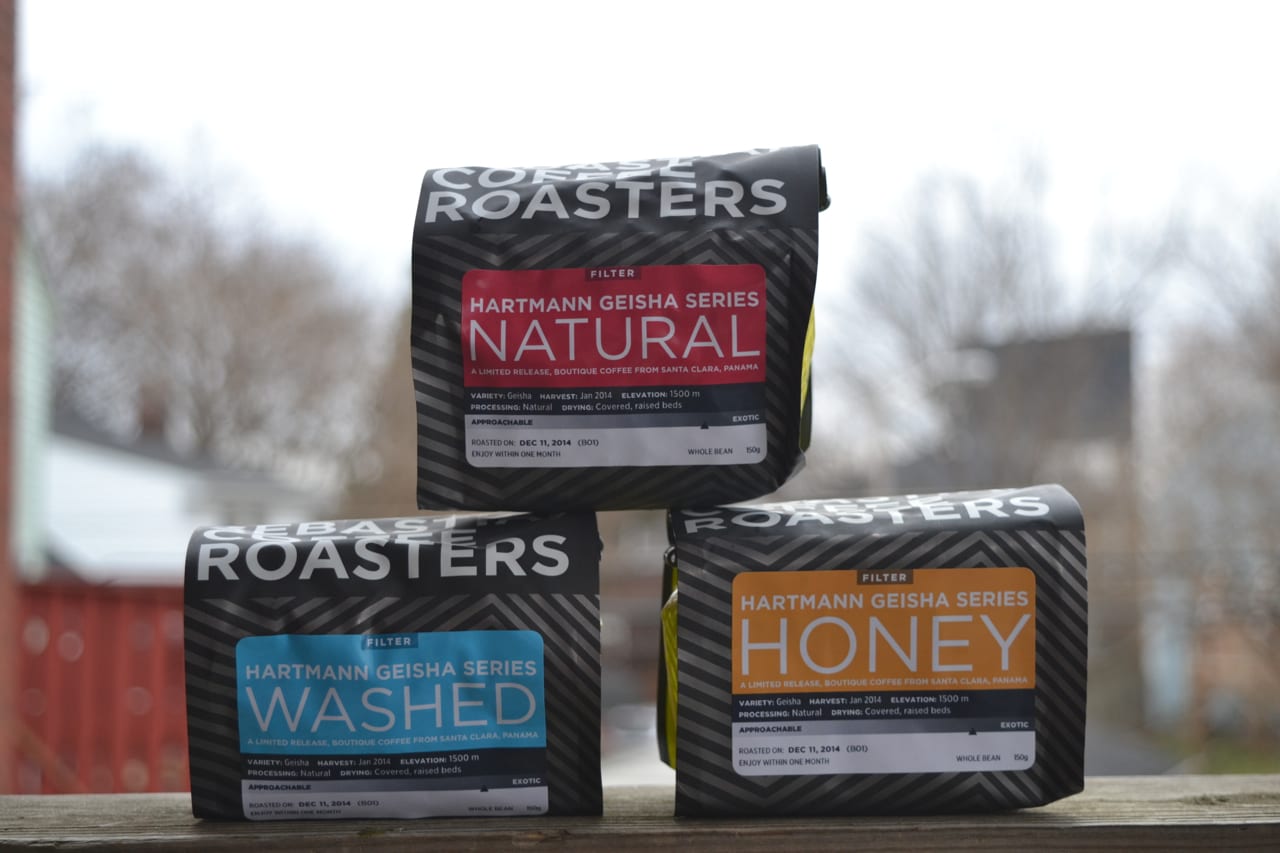
It wasn’t that long ago that good bourbon was pretty cheap, at least here in Kentucky where I live. The 80s and 90s were not kind to the bourbon industry, which left a lot of really great whiskey maturing in oak barrels. Back in those golden years you could pick up a teenaged bourbon for less than a decent bottle of wine.
In 2005 an old, all-but-forgotten whisky brand made from hooch from the shuttered Stitzer-Weller Distillery won a double gold medal at the San Francisco Spirit Awards. Fast forward a few years later and bottles of Pappy Van Winkle are going for 1000% of its already premium retail price on the secondary market. Fueled by its elusive quantities and exuberant price, the legend around Pappy grew. Bourbon, long thought to be Scotch’s less refined colonial cousin, had a new esteem in the global market and sales surged.
Incidentally, around the same time Pappy Van Winkle was beginning to boom, a small farm in Panama was changing the coffee industry with an old, all-but-forgotten coffee variety.
Geisha (or “gesha”) is an heirloom coffee variety that was collected from Ethiopia by British researchers in the 1930s. The variety made its way to a seed bank in Costa Rica, where it was acquired by the Peterson family to plant on a new lot at their farm, Hacienda la Esmeralda. Originally selected for its leaf rust resistance, the Petersons discovered at higher altitudes the variety had incredible floral aromatics- not unlike the qualities that make Ethiopian coffees so highly prized. The Peterson family entered their geisha in the 2004 Best of Panama competition and were surprised not only to see it win the competition but fetch a record price at auction. In the decade since, the geisha variety has spread across Central and South America and even back to Africa. The variety has become a favorite of both roasters trying to establish themselves as a premium brand and barista competitors looking for a winning edge.

The first time I had a geisha I was a consumer. I didn’t work in coffee. I wasn’t sure what a geisha was, but I had heard The Coffee Collective had a very special coffee in from Panama that had won a bunch of awards. Dollar to kroner conversions are hard to do in your head, so I didn’t realize until later I was paying 8 USD for an Aeropress. My unrefined palate tasted honey with pronounced floral aromas. I was sure that it was the best cup of coffee I ever had.
I sometimes hear the luminaries of the coffee industry talk about “geisha fatigue.” If by that they mean they’re tired of only geishas winning competitions, then I understand. I’ve been backstage at USBC and had fellow competitors tell me everything about their coffee except the variety. The obvious omission like some Ivy League alumnus only telling you they went to college in New York or Massachusetts. But if they mean they’re tired of drinking geishas, I can’t relate. In the six years since that first memorable cup in Copenhagen I’ve had around a dozen different geishas. In other words, I’m averaging two a year. I’ve yet to not be pleasantly surprised by those perfumed aromatics that shouldn’t be coming from a Central or South American coffee. I’ve yet to be disappointed by the way the sparkling acidity is balanced by tea-like tannins. I love the geisha taste profile, and price tag ensures that I’m not going to grow tired of it any time soon.
But more importantly, the coffee industry needs geishas. We need a rare, exclusive and, dare I say, over-hyped product with nuances only appreciated by a small group of people. Our industry needs a Pappy Van Winkle or a Domaine de la Romanée-Conti. If nothing else, we need a coffee more expensive than the atrocity that is Kopi Lowak.
So the next time you see a limited-release, absurdly expensive coffee in some twee custom packaging, remember that even if you’re not going to buy it at least some farmer isn’t ripping out his coffee trees to plant bananas. Besides, if you’re lucky, you might have a friend share theirs.






















